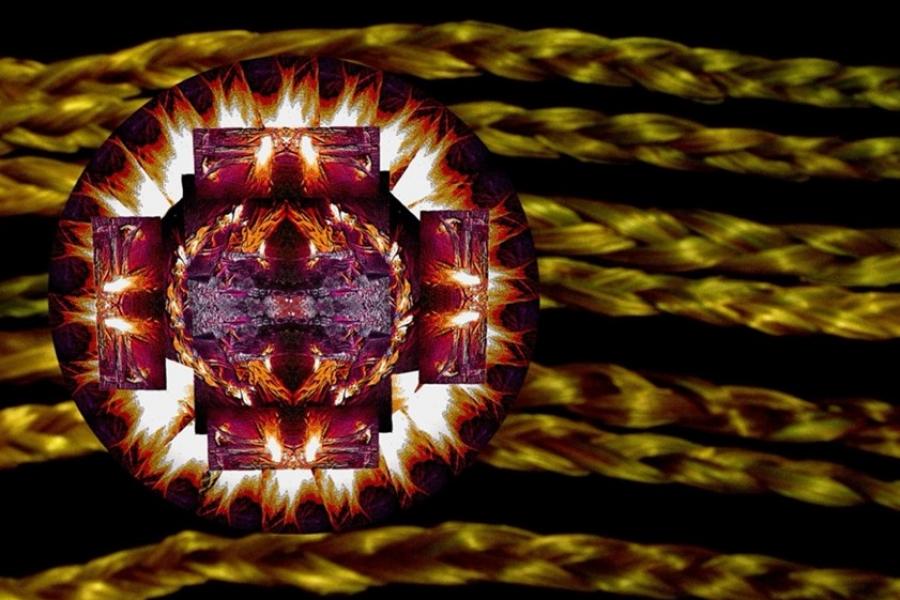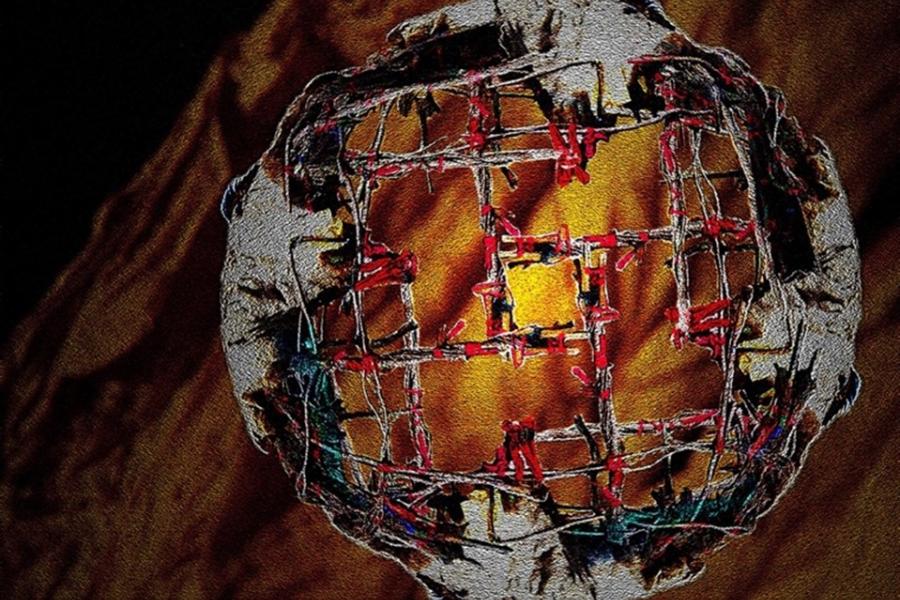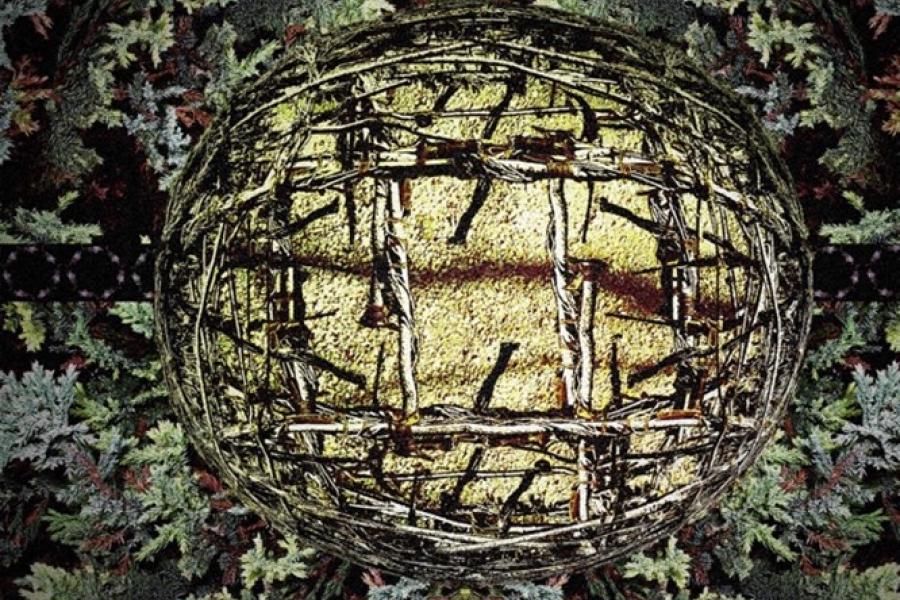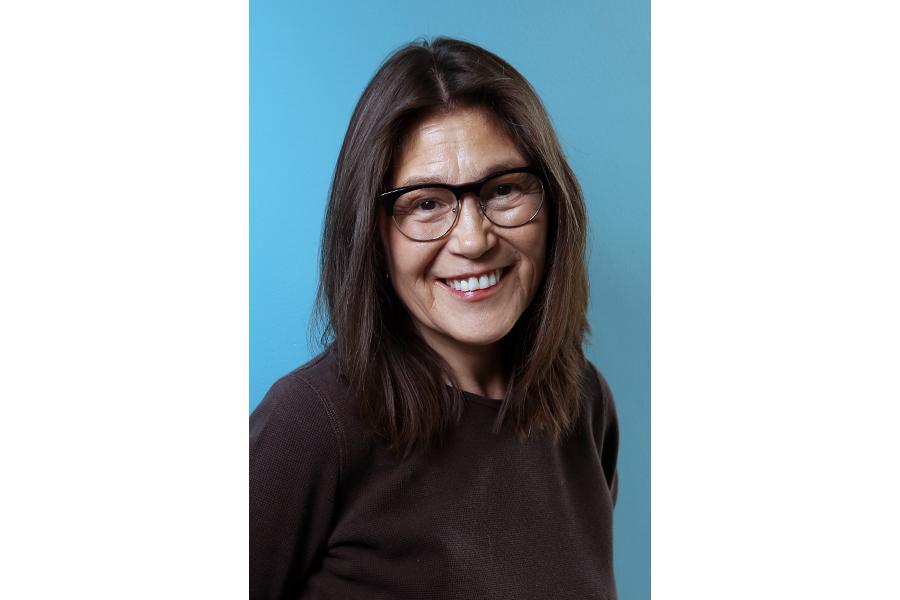There are diverse teachings about sweetgrass, wiingaashk, one of the four sacred medicines that coalesce with tobacco asemaa, sage shkodawabuk, and cedar, keezhik. Sweetgrass leaves after harvesting, are arranged into three groups of seven, in honouring the seven grandparents that are love, respect, truth, wisdom, honesty, courage, and humility. The processes of educational decolonization will assist in the braiding of sweetgrass that will promote Indigenous educational reclamation displaced by colonialism. Traditions, ceremonials, languages, and experiential learning are all integral parts of the learning processes that connects and enables the gifts, visons, and spirit to emerge individually and most importantly, collectively.
In addition, the sweetgrass braid represents three postures which is gentleness, love, and kindness for the people. This framework was developed to assist in creating relationships that guides educators in developing a reconciliatory curriculum that uses a paradigm and framework of a sweetgrass braid.





